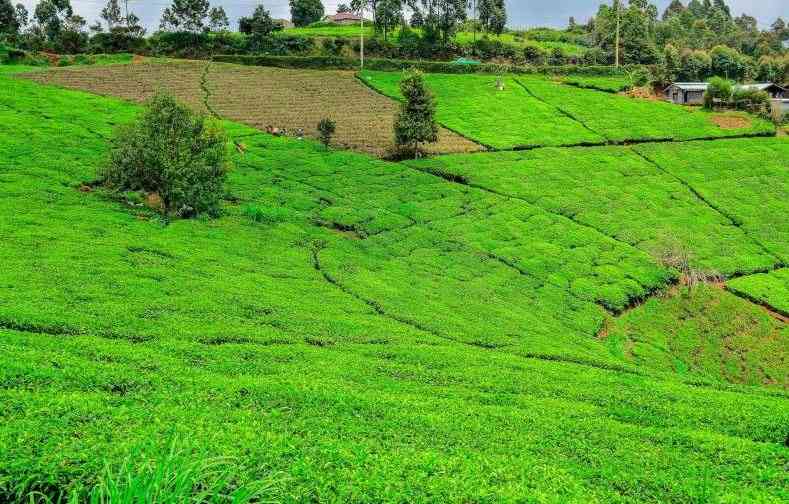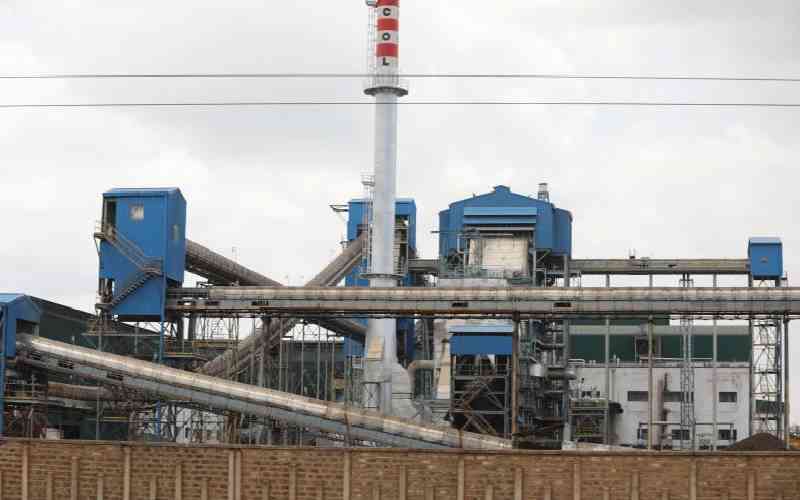×
The Standard e-Paper
Join Thousands of Readers

Pressure on land and subsequent fragmentation are one of the main reasons counties such as Kisii and Nyamira are experiencing mass migrations.
Inheritance, population growth, land markets and historical and cultural perspectives have been the key contributors, the Land Fragmentation Report released by the National Land Commission (NLC) in October 2021 shows.







